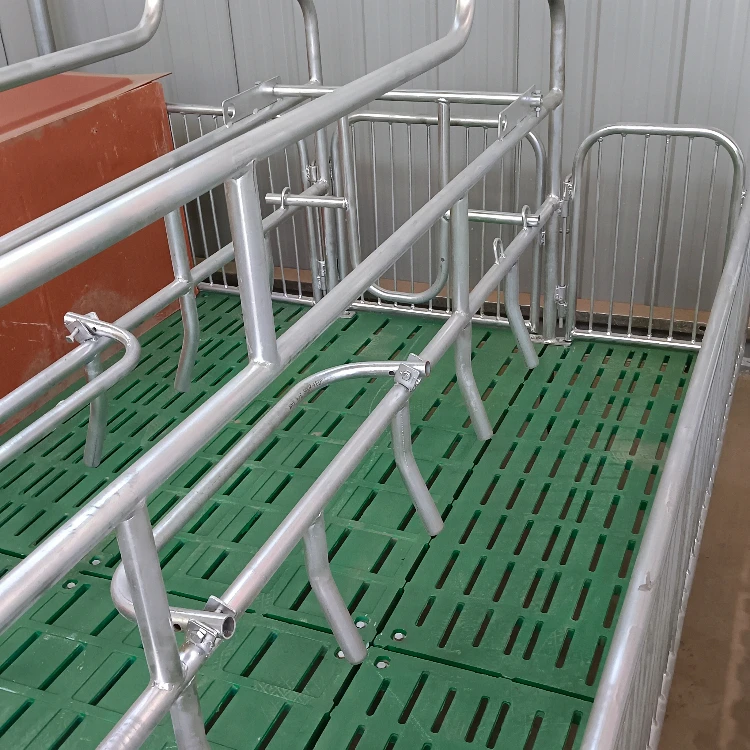vertical feed mixers
Dec . 10, 2024 11:42 Back to list
vertical feed mixers
Understanding Vertical Feed Mixers A Key Component in Modern Agriculture
In modern agriculture, feed management plays a vital role in ensuring optimal livestock health and productivity. Among the various tools and technologies available to farmers, vertical feed mixers have emerged as a crucial component in the realm of feed preparation. This article explores the functionality, benefits, and considerations associated with vertical feed mixers, providing insights into why they are becoming increasingly popular in the agricultural sector.
The Functionality of Vertical Feed Mixers
Vertical feed mixers are specialized machines designed to blend and mix various types of feed ingredients uniformly. They operate using a vertical auger system that draws feed materials into the mixing chamber. As the auger rotates, it lifts and tumbles the feed, ensuring that all ingredients are evenly distributed throughout the mix. This design allows for efficient mixing of both dry and wet ingredients, facilitating the creation of customized feed formulas tailored to the specific nutritional needs of livestock.
The versatility of vertical feed mixers allows them to handle a wide range of ingredients, including grains, hay, silage, and supplements. This capability is vital, as different livestock species have unique dietary requirements. By using a vertical feed mixer, farmers can create a nutritionally balanced diet for cattle, pigs, poultry, and other animals, thus promoting health and productivity.
Advantages of Vertical Feed Mixers
1. Uniform Mixing One of the primary advantages of vertical feed mixers is their ability to produce a consistent and homogeneous feed mixture. Uniformity in feed is crucial for livestock health, as it ensures that all animals receive the same nutrients in each feeding.
2. Time Efficiency Vertical feed mixers can significantly reduce the time required for feed preparation. Their quick mixing capabilities mean that farmers can prepare large quantities of feed in shorter periods, allowing for increased productivity on the farm.
3. Flexibility These mixers offer great flexibility in terms of feed formulation. Farmers can easily adjust ingredient ratios or introduce new feed components based on changing market conditions or livestock needs without requiring extensive modifications to the equipment.
4. Reduced Feed Waste The efficient mixing action helps minimize feed separation, reducing the potential for waste. This is particularly beneficial for farmers looking to maximize their feed investment and minimize costs.
vertical feed mixers

5. Improved Animal Performance When animals receive a well-balanced diet derived from a properly mixed feed, their overall health improves, leading to better growth rates, higher milk production, and increased feed efficiency.
Considerations When Choosing a Vertical Feed Mixer
While vertical feed mixers offer numerous advantages, there are several factors farmers should consider before making a purchase
1. Capacity The size and capacity of the mixer should align with the scale of the operation. Larger farms may require mixers with higher capacities to cater to significant feed demands.
2. Material Quality The construction materials of the mixer are important for durability and longevity. High-quality materials can withstand the wear and tear associated with frequent use.
3. Ease of Use User-friendly controls and features enhance the efficiency of feed preparation. Operators should be comfortable handling the equipment to maximize its benefits.
4. Cost While investing in a vertical feed mixer can lead to long-term savings through reduced feed waste and improved productivity, the initial purchase cost should be weighed against the farm's budget and expected return on investment.
5. Maintenance Requirements Regular maintenance is essential for the efficient operation of any farm equipment. Farmers should be aware of the maintenance needs of the vertical feed mixer to ensure it remains in optimal condition.
Conclusion
Vertical feed mixers represent a significant advancement in the agricultural sector, providing farmers with an effective solution for feed preparation. By offering uniform mixing, time efficiency, flexibility, and improved animal performance, these mixers contribute to better farm management and productivity. With careful consideration of the factors involved in choosing the right mixer, farmers can enhance their operations and ensure that their livestock receive the best possible nutrition, ultimately leading to a more sustainable and profitable farming practice. As the industry continues to evolve, vertical feed mixers are set to play an increasingly important role in meeting the demands of modern agriculture.
-
Hot Sale 24 & 18 Door Rabbit Cages - Premium Breeding Solutions
NewsJul.25,2025
-
Automatic Feeding Line System Pan Feeder Nipple Drinker - Anping County Yize Metal Products Co., Ltd.
NewsJul.21,2025
-
Automatic Feeding Line System Pan Feeder Nipple Drinker - Anping County Yize Metal Products Co., Ltd.
NewsJul.21,2025
-
Automatic Feeding Line System - Anping Yize | Precision & Nipple
NewsJul.21,2025
-
Automatic Feeding Line System - Anping Yize | Precision & Nipple
NewsJul.21,2025
-
Automatic Feeding Line System-Anping County Yize Metal Products Co., Ltd.|Efficient Feed Distribution&Customized Animal Farming Solutions
NewsJul.21,2025






